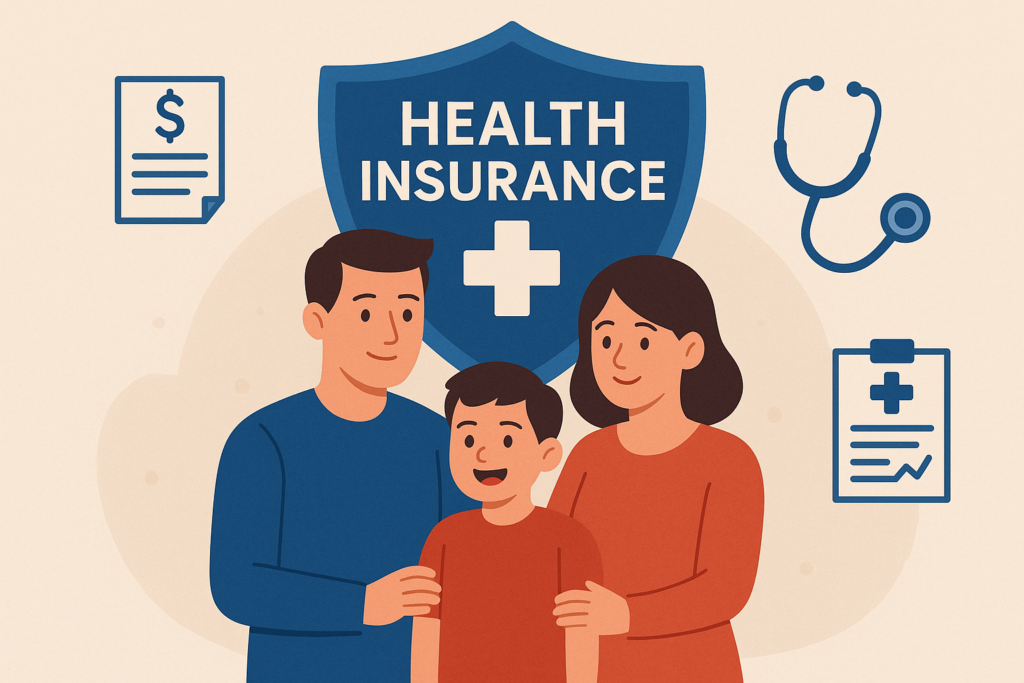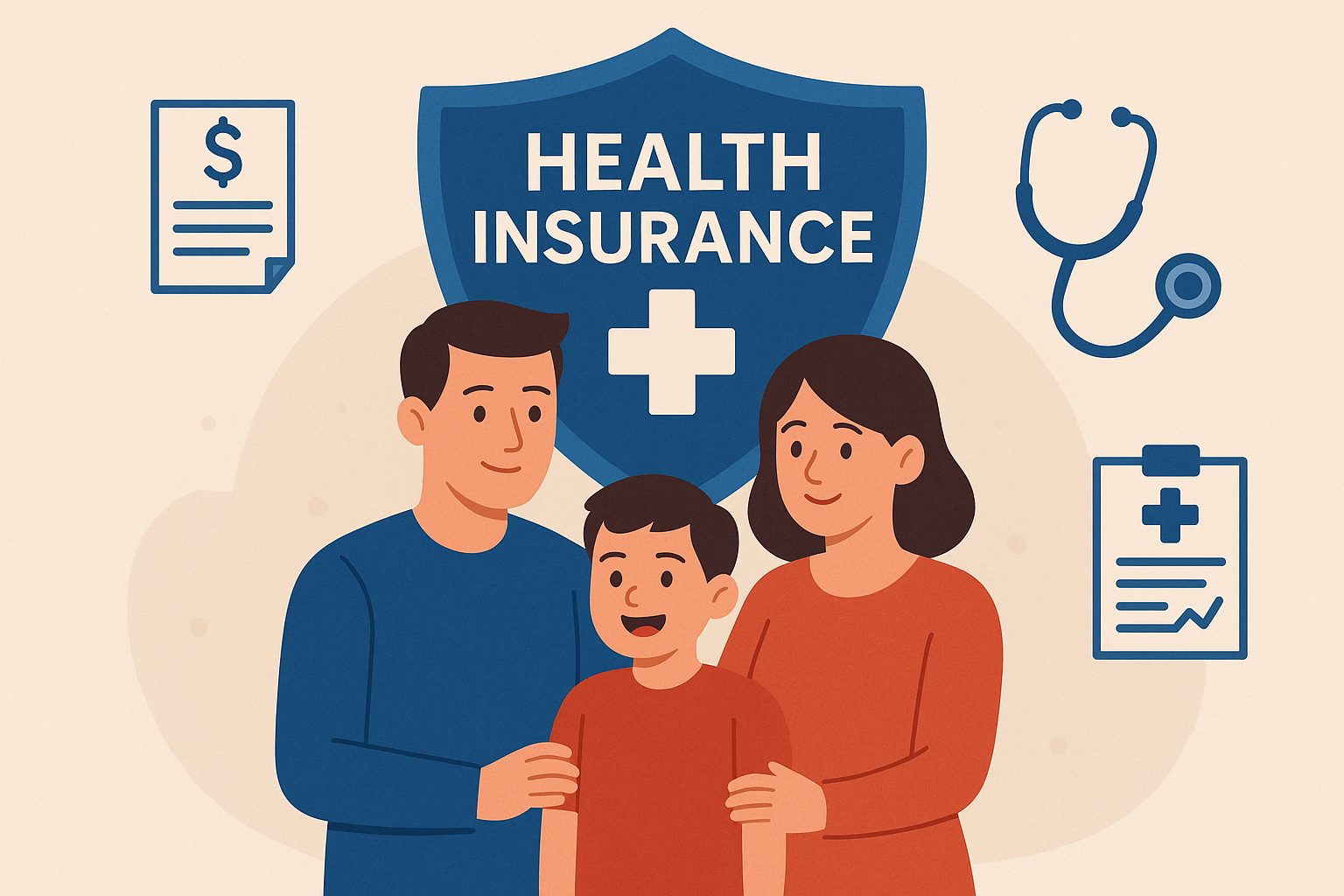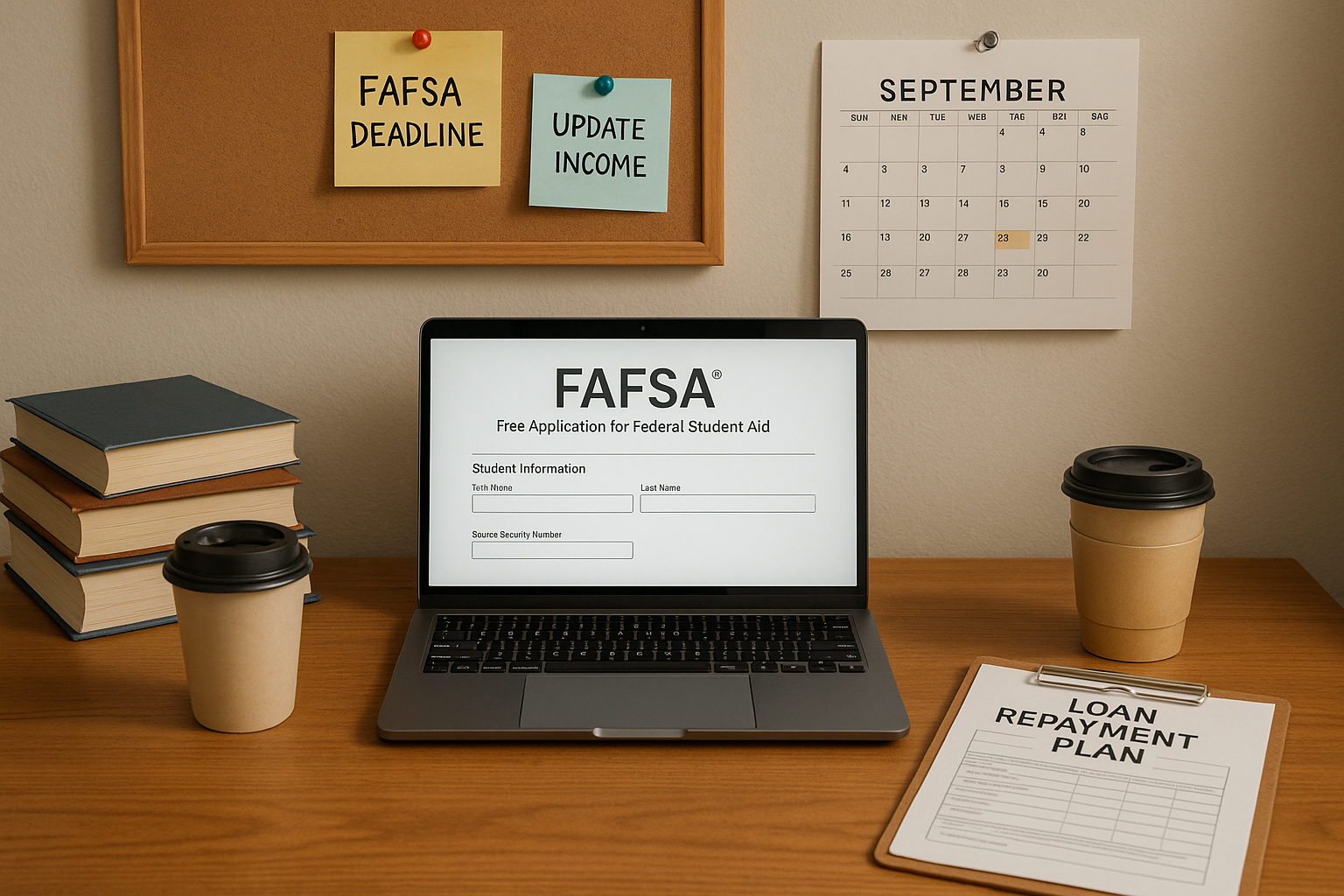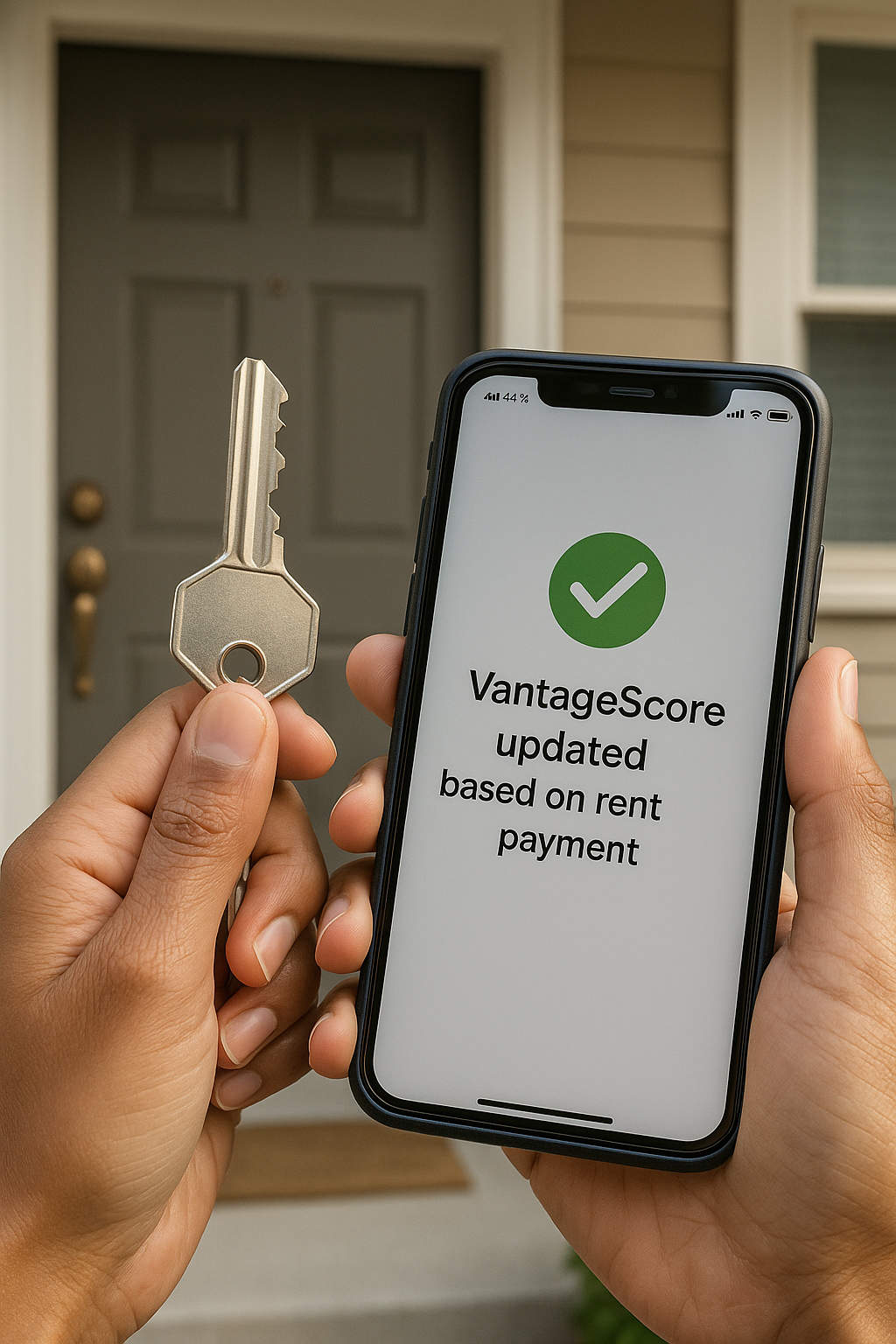
Welcome back, hermanos!
You’ve taken the crucial step of launching your professional life in the U.S. and are now navigating the world of personal finance. But let’s be real: managing your money isn’t just about saving for the future; it’s about protecting your present. For us, the young, working Latino community in the States, health insurance isn’t a luxury, it’s a financial fortress.
When a sudden illness or accident hits, medical bills can quickly derail all the progress you’ve made. The reality is stark: almost 1 in 5 Hispanics in the U.S. are uninsured (KFF). Whether it’s a gap between jobs or the cost seeming too high, being uninsured exposes us to massive financial risk. Understanding health insurance is our necessary defense, ensuring that nuestro hard-earned money stays in our pockets.
Health Insurance: Your Financial Safety Net
Think of health insurance as a collective risk-sharing plan. Everyone pays a regular fee, and that pooled money is used to pay the large medical bills of those who get sick or injured. This protects you from having to pay 100% of a hospital stay, which can easily run into the tens of thousands of dollars.
For us, making smart choices about this is key. While the overall U.S. uninsured rate is around 8%, the rate for the Hispanic community is more than double that, at about 18.5% (KFF). This means that when you choose a plan, you are strengthening your financial stability and setting a powerful example for la familia.
Decoding the Key Terms: Your Financial Dictionary
Before you sign up for anything, these four terms are the absolute must-knows:
- Premium: This is the non-negotiable monthly (or sometimes weekly/bi-weekly) fee you pay to the insurance company just to keep your coverage active. You pay this regardless of whether you see a doctor or not.
- Deductible: This is the specific amount you must pay out-of-pocket for covered services before your insurance company starts to pay. For example, if your deductible is $2,000, you pay all covered costs until you hit that $2,000 mark. After that, your insurance kicks in.
- Copay (or Copayment): This is a fixed, small amount you pay for specific services, like a doctor’s visit ($25) or a prescription ($10), even after your deductible is met.
- Out-of-Pocket Maximum: This is the absolute most you will have to pay for covered services in one plan year (combining deductibles, copays, and coinsurance). Once you hit this limit, the insurance company pays 100% of all covered services for the rest of the year. This is your ultimate protection against catastrophic costs.
Understanding Common Health Plan Types in the U.S.
In the U.S., most plans fall into a few major categories. Your job is to decide whether you value lower monthly costs and limited choices, or higher monthly costs and greater flexibility.
| Plan Type | What it Means for You | Ideal For… |
| HMO (Health Maintenance Organization) | You must pick a Primary Care Physician (PCP). You need a referral from your PCP to see a specialist. Your coverage is limited to a network of doctors and hospitals. | Those who want lower premiums and are okay with following a set process to see specialists. |
| PPO (Preferred Provider Organization) | You do not need a PCP or a referral to see a specialist. You can see doctors outside the network, but you will pay significantly more. | Those who want more flexibility and choice in providers and are willing to pay higher premiums for it. |
| EPO (Exclusive Provider Organization) | No need for a PCP or referrals, but the network is exclusive. Out-of-network care is generally not covered, except in emergencies. | Those who want flexibility within a defined network and are okay with strict network boundaries. |
| POS (Point of Service) | A hybrid: you may need a PCP and referrals, but you have the option to see out-of-network providers, though it will cost you more. | Those who want some of the PPO flexibility but are willing to follow the referral process. |
Government Programs: Know Your Options
Depending on your age, income, and immigration status, you may also qualify for government-funded programs:
- Medicaid: Provides free or low-cost coverage to millions of low-income adults, children, and people with certain disabilities. Eligibility is based on income and family size.
- Medicare: Generally for individuals aged 65 or older, but also available for younger people with certain disabilities.
- CHIP (Children’s Health Insurance Program): Provides low-cost coverage to children in families who earn too much money to qualify for Medicaid but cannot afford private insurance.
Knowing these basics empowers you to choose a plan that not only protects your physical health but, just as importantly, secures your financial future. Échale ganas!
👉 Ask Gabi anything, anytime.
Stay tuned! We got you!







